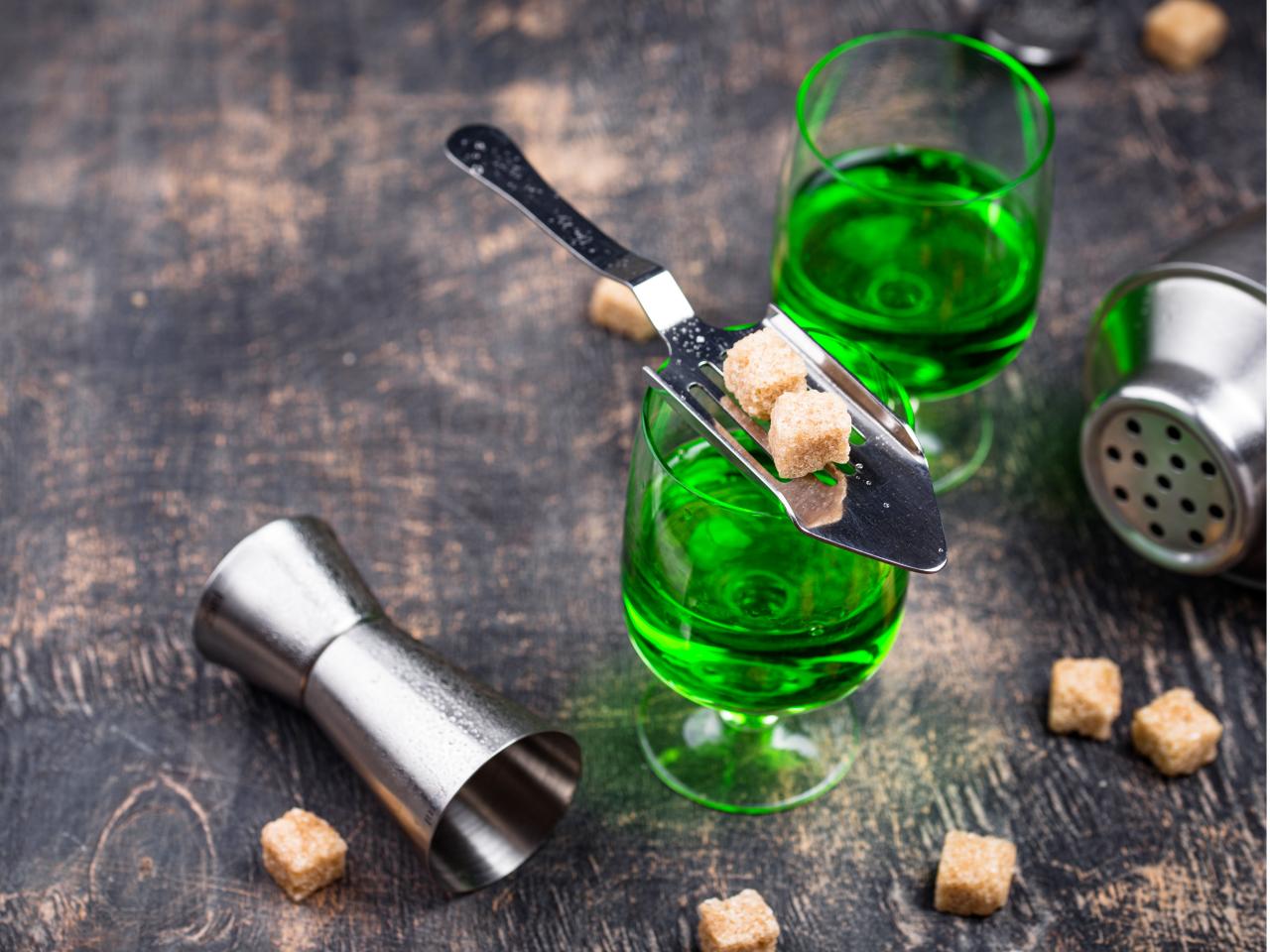Absinthe, nicknamed the “Green Fairy,” is a highly potent and controversial spirit with a rich history. This anise-flavored liquor was popular in the 19th and early 20th centuries, particularly in France among bohemian artists and writers. Due to its association with hallucinations and stories of insanity, Absinthe was banned in several countries, but has made a comeback in recent years. In this article, we’ll explore Absinthe’s unique flavor, its use in cocktails, and substitutes for those who cannot find the Green Fairy in their region.
The following five anise liqueurs are excellent substitutes when a recipe calls for Absinthe. They are sweeter, but have the intense anise / licorice flavour essential to many cocktails. They are Pernod, Pastis 51, Ricard Pastis, Casanis Pastis, and Marie Brizard Anisette.

Head-to-Head Comparison: Absinthe vs. Substitutes
To accurately assess the best absinthe substitutes, a taste test is essential. By sampling each alternative, you can discern the unique flavors and aromas, helping you make informed decisions when crafting cocktails.
First, gather the recommended substitutes: Pernod, Ricard, Chartreuse, Pastis, arak, raki, and anise-flavored syrups or bitters. Pour a small measure of each into separate shot glasses, and begin by evaluating their appearances. This will shed light on their potential effect on a drink’s visual appeal.
Next, take a moment to savor each substitute’s aroma. Make note of any distinctive herbal or anise scents, and consider how this might influence a cocktail’s bouquet. Subsequent sips should focus on mouthfeel, flavor, and aftertaste. How does the substitute’s texture hold up against absinthe? Is the flavor intense, or more subdued? Can the aftertaste linger in a pleasing way or does it demand complementary flavors?
Lastly, keep the taste test results for future reference and experiment with the substitutes in various cocktails to determine which option best aligns with your palate and desired presentation.
Absinthe’s potency and flavor complexity can be intimidating when considering how to mix it in cocktails. Don’t fret; there are many classic and contemporary recipes available for the curious mixologist.
For starters, the iconic Sazerac and Corpse Reviver #2 both feature absinthe as a key component, showcasing its versatility in cocktails. Experimenting with lesser amounts may be wise, as too much absinthe may overpower other flavors in a cocktail.
With substitutes, ratios may need adjusting. Use a gentler hand if swapping in anise-flavored syrups, for example. Anise-flavored bitters, if chosen as a replacement, only require a few dashes for instant complexity and depth. For arak, raki, and other higher-proof substitutes, adjust the quantity according to taste and potency, maintaining a proper balance with the remaining cocktail components. Rest assured, learning to mix absinthe or its alternatives will surely elevate your mixology skills.
How to Use Each Substitute in Cocktails
Pernod, as a popular absinthe substitute, can be used in equal parts for recipes that call for the iconic spirit. It excels in cocktails like the Sazerac or Corpse Reviver No. 2, where its presence provides a punchy anise flavor.
Ricard, another anise-flavored liquor, can be used the same way as Pernod. It’s perfect for replacing absinthe in cocktails like the Green Beast or in recipes calling for a touch of rinse.
Chartreuse, particularly the green variety, has a very complex herbal flavor that can substitute absinthe in drinks like the Last Word. It’s ideal for barspoons or dashes.
Pastis, being a well-known anise-flavored spirit, can replace absinthe as needed. Adjust the amount slightly depending on the desired intensity of anise flavor.
In cocktails that call for just a rinse of absinthe, using arak or raki can work well. These strong anise-flavored distillates can be utilized in similar proportions as absinthe.
Lastly, for a nonalcoholic option, consider anise-flavored syrups or bitters. Simply add a few drops or small amount to your cocktails, adjusting to taste in absence of absinthe.
What is Absinthe? | Everything You Need To Know
FAQ
What is a substitute for absinthe in death in the afternoon?
What is the alternative to absinthe in New Orleans?
Is Sambuca the same as absinthe?
Is ouzo the same as absinthe?
What does absinthe taste like?
Absinthe is a strong spirit created when a neutral alcohol is distilled with botanicals like anise, wormwood, fennel and other herbs and spices for a licorice-like flavor. There are two main styles of absinthe, Swiss/French and Czech/Bohemian
What are the different types of absinthe?
There are two main styles of absinthe, Swiss/French and Czech/Bohemian Swiss or French absinthe is considered the most traditional type of absinthe since the spirit was invented in Switzerland, along the French border.
What is Swiss absinthe?
Swiss or French absinthe is considered the most traditional type of absinthe since the spirit was invented in Switzerland, along the French border. It’s made by slowly distilling alcohol with the botanicals listed above and then coloring the nearly-done spirit naturally with additional herbs.
What is a non alcoholic alternative to absinthe?
A non-alcoholic alternative to absinthe is anise-flavored soda syrup. This syrup tastes like licorice, adding flavor to beverages like mocktails, sodas, coffee, karak tea, champurrado, or flavored milk. It does not contain any alcohol, consisting of sugar, water, and aniseed.
